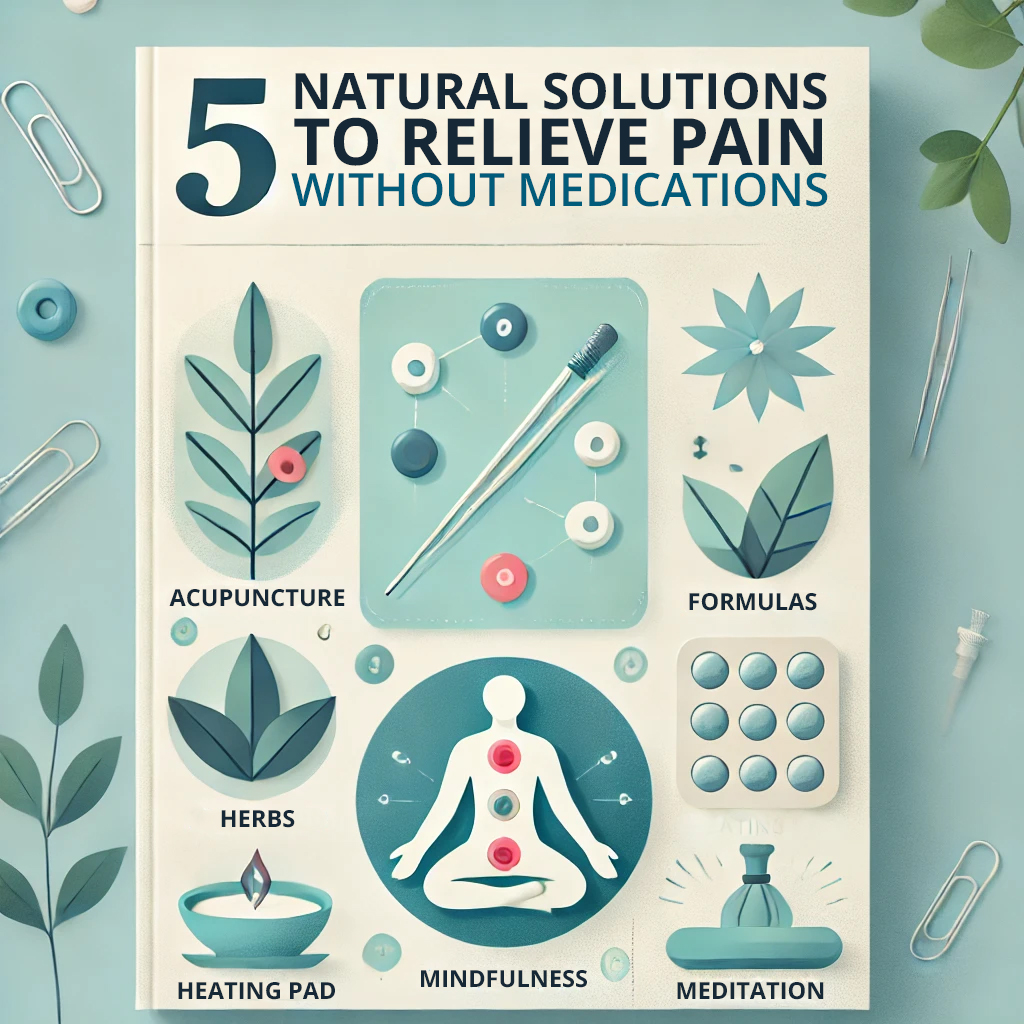As a desk worker in St. Pete, you’re likely no stranger to the aching back and stiffness that comes with spending hours on end sitting at your desk. But what you may not know is that your sedentary job is silently contributing to a host of musculoskeletal problems that can have long-term effects on your overall health. Prolonged sitting reduces energy, cuts off blood flow circulation, and increases your susceptibility to posture problems. By pinpointing the underlying causes of poor posture, incorporating ergonomic solutions, and strengthening your supportive muscles, you can start to alleviate back pain and discomfort – and there’s more to discover that can help you regain control of your well-being.
Office Jobs and Bad Posture
Your daily grind behind a desk can have a profound impact on your posture, leading to a myriad of muscular and skeletal imbalances. Prolonged sitting for desk work contributes to poor posture and related health issues, making office workers prone to back pain and other musculoskeletal problems. Incorrect sitting posture, poor work environment, and decreased flexibility are significant factors that contribute to poor body positioning in office workers. In fact, studies have shown that ancient Chinese practice like acupuncture can be an effective solution to alleviate middle back pain caused by poor posture.
Sitting all day not only reduces energy and contributes to depression, but it also cuts off blood flow circulation, making you more susceptible to posture problems. As you spend more time sitting at your desk, you’re less likely to engage in physical activity, which further exacerbates the issue. This is why office workers are more at risk of developing poor posture compared to those with physically active jobs.
Crucial to take proactive steps to maintain good posture and prevent these issues. By making simple adjustments to your workspace ergonomics and incorporating regular stretching exercises, you can reduce your risk of developing back pain and other musculoskeletal problems.
Desk-Related Pain Causes
Frequently, desk workers experience aches and pains due to their sedentary lifestyle. You’re not alone if you’re feeling the strain of sitting for hours on end. Sitting for prolonged periods, which is common among desk workers, can lead to muscular and skeletal imbalances, contributing to poor posture and related pain. Incorrect sitting posture, poor work environment, and decreased flexibility are significant contributors to poor body positioning and subsequent pain.
Research has shown that acupuncture can reduce chronic back pain by 50% reducing inflammation, making it a viable solution for desk workers.
As you sit, you’re putting pressure on your back, which can lead to stiffness, reduced muscle strength, and increased intra-discal pressure. This can result in chronic lower back pain, pinched nerves, and even depression. When you’re stuck at your desk, it’s easy to get stuck in a cycle of poor posture and discomfort. But it’s not just your back that’s affected – sitting can also reduce energy, cut off blood flow circulation, and ultimately affect your overall health and wellbeing.
Prevention Through Ergonomics
Proper ergonomics is the backbone of a healthy workspace, and essential to acknowledge its role in preventing posture problems. As a desk worker, you’re likely no stranger to prolonged sitting, which can lead to a host of issues. However, with the right ergonomic equipment, you can mitigate these risks. Effective office ergonomic products, such as monitor arms, can reduce musculoskeletal problems by 61%.
In addition, poor posture and mobile device usage can contribute to chronic neck strain, which can be alleviated through Acupuncture Treatments. But it’s not just about the equipment – a holistic approach that considers your lifestyle and habits outside the workplace is also pivotal. A combination of special ergonomic equipment and regular movement can prevent posture problems, making it necessary to incorporate both into your daily routine.
Consider sit-stand workstations, which allow you to switch between sitting and standing, to improve your posture, reduce back pain, and increase energy levels.
Here’s what C.L. had to say about how Dr. Justin helped her to get better:
“In The Past 5 Years I Have Been Treated By A Minimum Of 6 Different Acupuncturists With No Success…Until Now.”
“I am a 49 year old woman who has had back problems for my entire adult life. Because I do office work, I am constantly on the phone while working on a keyboard. I have also had several severe car accidents and falls.
I have been going to a chiropractor since my early 20’s. Chiropractic adjustments have helped to make the pain somewhat bearable, but at times the flare-ups are so bad that I can’t even sit for more than a few minutes at a time. In the past 5 years I have been treated by a minimum of 6 different acupuncturists with no success…until now.
After losing 3 jobs in 4 years due to excessive absenteeism relating to back, shoulder, and neck pain, I found myself relocated to a job in Rye Nrook, NY. I was desperate to find yet another acupuncturist who had a convenient location and office hours that would suit my schedule. I searched the internet and found that there was an acupuncturist right across the street from my office. What more could I ask for and what did I have to lose after trying so many with no success?
During my initial consultation Justin told me that I could expect to experience almost 100% pain relief within 5 visits. I was skeptical to say the least, but thought to myself, “I’d be happy with 5% improvement at this point”. Besides, no other doctor or alternative health provider has ever given me any prognosis as to how long it would take to get the pain relief I needed to live my life in a normal manner.
Justin began treating me with a combination of acupuncture, cupping, and the Trap-Eaze Technique in August 2007. After the first visit my pain was about 80% better. Six visits later, I found myself 95% pain free. True, it took one extra visit than he had anticipated, but that was only because the pain radiated across the left side of my back and into my shoulder so it was difficult to pinpoint the origin of the pain and I couldn’t reach far enough behind me to point to the area. After all, health care providers are not miracle workers. They can only work with what they have. So I’ve always been a firm believer that the patient needs top be specific as possible by whatever means possible.
Then, while skimming through a magazine, I came across an ad that had a picture of a woman’s back. It occurred to me that the best way to show Justin where my pain was the worst to point to it in a picture. I tore the page out of the magazine, put an “X” on the spot in the ad and showed it to Justin. Once that areas was treated the pain was almost completely gone.
Because of the type of work I do it is unrealistic to think that I will ever be 100% pain free, but in the skillful hands of Justin Mandel, DOM AP LAC I’m hopeful. I haven’t felt that way regarding my health in 30 years.”
C.L., Office Worker
Strengthening Supportive Muscles
When it comes to maintaining good posture, building strength in the muscles that support your spine is crucial. You can do this by engaging in exercises that target specific muscle groups. For instance, exercises that target the muscles between your shoulder blades, such as the rhomboids and trapezius, can help strengthen the supportive muscles necessary for maintaining good posture.
Additionally, regular acupuncture sessions can improve overall energy flow and reduce stress-related issues, promoting better digestive health Qi balance. Strengthening your core muscles, including the transverse abdominis, can also improve your posture by providing a solid foundation for your spine.
Additionally, exercises that target the scapular stabilizers, such as the levator scapulae and serratus anterior, can help improve your posture and reduce the risk of musculoskeletal disorders.
By incorporating these exercises into your routine, you can reduce the strain on your back and muscles, alleviating musculoskeletal symptoms.
Simple Fixes for Desk Workers
Sitting for extended periods, you’re likely to find yourself slouching forward, putting strain on your neck, back, and shoulders. But, there are simple fixes to help you maintain good posture while working at your desk. Additionally, incorporating herbal medicine into your daily routine can stimulate the body’s innate healing abilities, promoting overall well-being natural healing approaches.
Start by adjusting your chair height to guarantee your feet are flat on the floor or on a footrest, with your knees at or below hip level. This will help you maintain a 90-degree angle between your thighs and torso.
Next, make sure your monitor is at a comfortable distance, about arm’s length away, and positioned directly in front of you. Moreover, addressing underlying causes of illness can help alleviate chronic pain and discomfort holistic approaches.
Frequently Asked Questions
How to Fix Posture While Sitting at Desk?
You can fix your posture while sitting at a desk by adjusting your chair height, keeping your knees at or below hip level, and taking breaks to stretch every 30-60 minutes, which will help maintain a healthy spine and reduce back pain.
How to Permanently Fix Posture?
As you envision a life free from back pain, imagine yourself standing tall, with shoulders relaxed and spine aligned. To permanently fix your posture, you’ll need to commit to a long-term overhaul, incorporating exercises, mindset shifts, and intentional daily habits that strengthen your core and reform your daily routine.
Why Is It so Hard to Fix Posture?
You struggle to fix your posture because it’s a deeply ingrained habit, taking a toll on your musculoskeletal system; breaking the cycle requires consistent effort, patience, and a willingness to relearn healthy habits that strengthen your core and improve your alignment.
How Do I Deal With Back Pain From Desk Job?
You’re probably sitting comfortably now, but trust us, your back is screaming for help. Take breaks, stretch, and adjust that chair – your spine will thank you. Proper posture and regular exercises can reduce back pain, so start fixing it today!
Conclusion
As you wrap up your workday, remember that your body is like a car – it needs regular maintenance to run smoothly. Neglecting your posture is like driving with misaligned wheels, causing wear and tear on your entire system. By taking control of your workspace and incorporating simple stretches, you can realign your “wheels” and hit the road to a healthier, more productive you. In St. Pete, it’s time to shift your focus from screens to spine care.
Begin Your Wellness Transformation
At Elite Care Acupuncture & Alternative Medicine, we are committed to guiding you to your best health with personalized, holistic care. Whether you’re seeking relief from chronic pain, managing stress, or exploring natural healthcare, our expert team is here to walk with you.
Connect with Us:
Address:
1105 7th Avenue North, Saint Petersburg, FL 33705
Phone: +1 (727) 606-8700
Website: www.EliteCare.clinic



